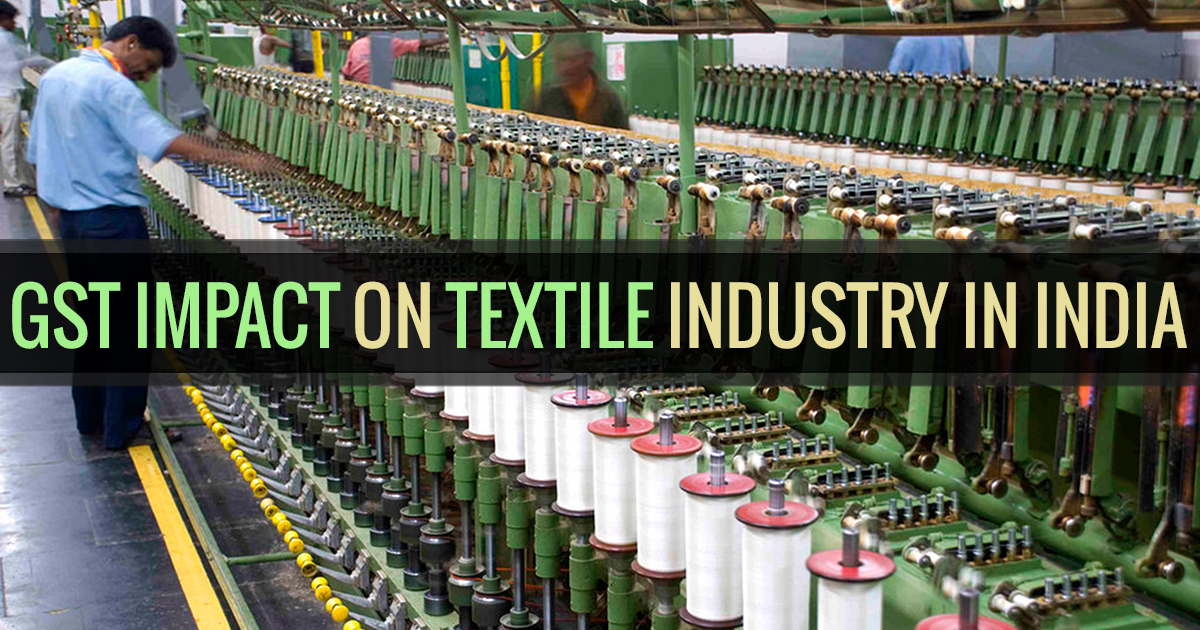
Textile industries play a very important role in the development of the Indian economy with respect to GDP, Export promotion, employment, etc. It is one of the oldest manufacturing industries in India. It is the second-largest industry after agriculture, which provides skilled and unskilled employment. In this sector, 100% FDI is allowed by the Government under the Automatic Route. The Textile Industry contributes more than 10% of Total Export.
The industry is broadly divided into two segments:
- Organised Sector: This includes spinning, apparel, and garment segments that use modern machinery and techniques.
- Unorganised Sector: This comprises handloom, handicrafts, and small- and medium-scale mills.
56th GST Council Meeting Update in the Textile Industry
In the 56th GST Council meeting, the central government has reduced the GST rate on several goods in the textile industry from 12% to 5%, 18% to 5%, and 28% to 18%.
GST Rate on Swift: 12% to 5%
| Description of Goods | New GST Rate From 22nd September |
|---|---|
| Manmade Filaments | 5% |
| Synthetic or Artificial Yarns | 5% |
| “Yarn of manmade staple fibres” | 5% |
| “Wadding of textile materials and articles thereof; such as absorbent cotton wool (except cigarette filter rods)” | 5% |
| “Felt, whether or not impregnate, coated, covered or laminated” | 5% |
| “Nonwovens, whether or not impregnated, coated, covered or laminated” | 5% |
| “Rubber thread and cord, textile-covered; textile yarn, and strip and the like of heading 5404 or 5405, impregnated, coated, covered or sheathed with rubber or plastics” | 5% |
| “Metallised yarn, whether or not gimped, being textile yarn or strip or the like of heading 5404 or 5405, combined with metal in the form of thread, strip or powder or covered with metal [ other than: (i) real zari thread (gold) and silver thread combined with textile thread (ii) imitation zari thread or yan known by any name in trade parlance]” | 5% |
| “Gimped yarn, and strip and the like of heading 5404 or 5405, gimped (other than those of heading 5605 and gimped horsehair yarn); chenille yarn (including flock chenille yarn); loop wale-yarn” | 5% |
| “Twine, cordage, ropes and cables, whether or not plaited or braided and whether or not impregnated, coated, covered or sheathed with rubber or plastics [other than jute twine, coir cordage or ropes]” | 5% |
| “Articles of yarn, strip or the like of heading 5404 or 5405, twine, cordage, rope or cables, not elsewhere specified or included” | 5% |
| “Carpets and other textile floor coverings, knotted, whether or not made up” | 5% |
| “Carpets and other textile floor coverings, woven, not tufted or flocked, whether or not made up, including “Kelem”, “Schumacks”, “Karamanie” and similar handwoven rugs” | 5% |
| “Carpets and other textile floor coverings (including Turf), tufted, whether or not made up” | 5% |
| “Carpets and other textile floor coverings, of felt, not tufted or flocked, whether or not made up” | 5% |
| Other carpets and other textile floor coverings, whether or not made up; such as Mats and mattings including Bath Mats, where cotton predominates by weight, of Handloom, Cotton Rugs of handloom” | 5% |
| “Terry towelling and similar woven terry fabrics, other than narrow fabrics of heading 5806; tufted textile fabrics, other than products of heading 5703” | 5% |
| “Gauze, other than narrow fabrics of heading 5806” | 5% |
| “Tulles and other net fabrics, not including woven, knitted or crocheted fabrics; lace in the piece, in strips or in motifs, other than fabrics of headings 6002 to 6006” | 5% |
| “Hand-woven tapestries of the type Gobelins, Flanders, Aubusson, Beauvais and the like, and needle-worked tapestries (for example, petit point, cross stitch), whether or not made up” | 5% |
| “Labels, badges and similar articles of textile materials, in the piece, in strips or cut to shape or size, not embroidered” | 5% |
| “Braids in the piece; ornamental trimmings in the piece, without embroidery, other than knitted or crocheted; tassels, pompons and similar articles[other than saree fall]” | 5% |
| “Woven fabrics of metal thread and woven fabrics of metallised yarn of heading 5605, of a kind used in apparel, as furnishing fabrics or for similar purposes, not elsewhere specified or included; such as Zari borders” | 5% |
| “Embroidery in the piece, in strips or in motifs, Embroidered badges, motifs and the like” | 5% |
| “Quilted textile products in the piece, composed of one or more layers of textile materials assembled with padding by stitching or otherwise, other than embroidery of heading 5810″ | 5% |
| “Textile fabrics coated with gum or my laceous substances, of a kind used for the outer covers of books or the like; tracing cloth; prepared painting canvas; buckram and similar stiffened textile fabrics of a kind used for hat foundations” | 5% |
| “Tyre cord fabric of high tenacity yarn of nylon or other polyamides, polyesters or viscose rayon” | 5% |
| “Textile fabrics impregnated, coated, covered or laminated with plastics, other than those of heading 5902″ | 5% |
| “Linoleum, whether or not cut to shape; floor coverings consisting of a coating or covering applied on a textile backing, whether or not cut to shape” | 5% |
| “Textile wall coverings” | 5% |
| “Rubberised textile fabrics, other than those of heading 5902″ | 5% |
| “Textile fabrics otherwise impregnated, coated or covered; painted canvas being theatrical scenery, studio backcloths or the like” | 5% |
| Transmission or conveyor belts or belting of textile material, whether or not impregnated, coated, covered or laminated with plastics, or reinforced with metal or other material” | 5% |
| “Textile hose piping and similar textile tubing, with or without lining, armour or accessories of other materials” | 5% |
| Transmission or conveyor belts or belting of textile material, whether or not impregnated, coated, covered or laminated with plastics, or reinforced with metal or other material” | 5% |
| “Textile products and articles, for technical uses, specified in Note 7 to this Chapter; such as Textile fabrics, felt and felt-lined woven fabrics, coated, covered or laminated with rubber, or other material, of a kind used for card clothing, and similar fabrics of a kind used for other technical purposes, including narrow fabrics made of velvet impregnated with rubber, for covering weaving spindles (weaving beams); Bolting cloth, whether or Notmade up; Felt for cotton textile industries, woven; Woven textiles felt, whether or not impregnated or coated, of a kind commonly used in other machines, Cotton fabrics and articles used in machinery and plant, Jute fabrics and articles used in machinery or plant, Textile fabrics of metalised yarn of a kind commonly used in paper making or other machinery, the Straining cloth of a kind used in oil presses or the like, including that of human hair, Paper maker’s felt, woven, Gaskets, washers, polishing discs and other machinery parts of textile articles.” | 5% |
| “Textile caps” | 5% |
| “Hats (knitted/crocheted) or made up from lace or other textile fabrics” | 5% |
| “Products wholly made of quilted textile material not exceeding Rs. 2500 per piece” | 5% |
GST Rate on Swift: 18% to 5%
| Description of Goods | New GST Rate from 22nd September |
|---|---|
| Goods Under (5402, 5403, 5404, 5405, 5406) | 5% |
| “Synthetic or artificial filament tow” | 5% |
| “Synthetic or artificial staple fibres” | 5% |
| “Waste of manmade fibres” | 5% |
GST Rate on Swift: 12% to 18%
| Description of Goods | New GST Rate from 22nd September |
|---|---|
| Apparel & Clothing Accessories (knitted/crocheted) > ₹2,500 | 18% |
| Apparel & Clothing Accessories (non-knitted) > ₹2,500 | 18% |
| Made-up Textile Articles > ₹2,500 | 18% |
| Cotton Quilts > ₹2,500 | 18% |
| Quilted Textile Products > ₹2,500 | 18% |
Impact of GST Rise on the Textile Industry
The GST council had announced earlier this year to increase the rate of GST on goods related to the textile industry. However, the finance minister, Smt. Nirmala Sithraman said that the council has decided to postpone the increase until further notice. Some natural fibres like cotton and wool were exempt from any tax liability but after the council meeting, it was decided that these will be taxed under GST from the date of the increase.
It is clear that the rate of GST on the textile industry will be increased sooner or later, so let’s have a look at the advantages of the increase and implementation of new taxes on textile products:
Easy Flow of ITC
A great portion of traders in the textile industry is not registered with GST, due to which a barrier is created in the flow of Input Tax Credit. With the implementation of taxes on natural fibres, more and more traders will get themselves registered with GST, which will stimulate the proper flow of ITC in the market, and the traders will be benefited from it too.
- Reduced Manufacturing Costs
- Fringe taxes like Octroi and entry/luxury taxes will be converted into a single GST that will bring down the manufacturing cost of textile products.
ITC on Capital Goods
According to the current provisions of ITC, credit is not allowed on the procurement of the latest machines through imports. The excise paid on imports increases the price of procurement. If GST is introduced, it will be compulsory to credit ITC, which will reduce the cost of capital goods, indirectly.
Boost to Exports
The introduction of GST will help in registering more and more traders with GST. The registration of traders will take these traders to the export market. The traders hesitate to get their products for exports because of its extensive process but under GST, barriers like duty drawbacks will be removed and ITC too will ease the process of exports. Under the export promotion capital goods scheme, the exporters are given exemption from duty if the export value is six times the value of duty within six years from the export. This scheme will lose its value with the implementation of GST.
| Cotton Composition | HSN Code | GST Tax Rate |
|---|---|---|
| Products with more than 85% cotton content & weight is less than 200 gm/sq mt | 5208 | 5% |
| Products with more than 85% cotton content & weight is greater than 200 gm/sq mt | 5209 | 5% |
| Products with less than 85% cotton content, mixed with additional fabrics & weight is less than 200 gm/sq mt | 5210 | 5% |
| Products with less than 85% cotton content, mixed with additional fabrics & weight is greater than 200 gm/sq mt | 5211 | 5% |
| Other Cotton Products | 5212 | 5% |
GST Rates & HSN Codes For Cotton Products like- Dhoti, Saree, Zari Border Saree, Zari Border Dhoti, Shirting, Casement, Viol, Sheeting, Suti, Cambric, Lawn, Latha, Lungi & furnishing fabrics.
| Yarn Specification | HSN Code | GST Tax Rate |
|---|---|---|
| Synthetic monofilament ≥67 Decitex | 5407 | 5% |
| Artificial monofilament ≥67 Decitex | 5408 | 5% |
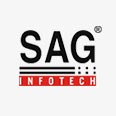


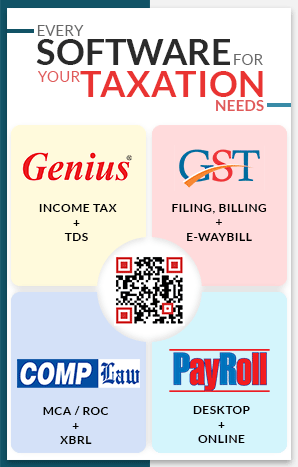


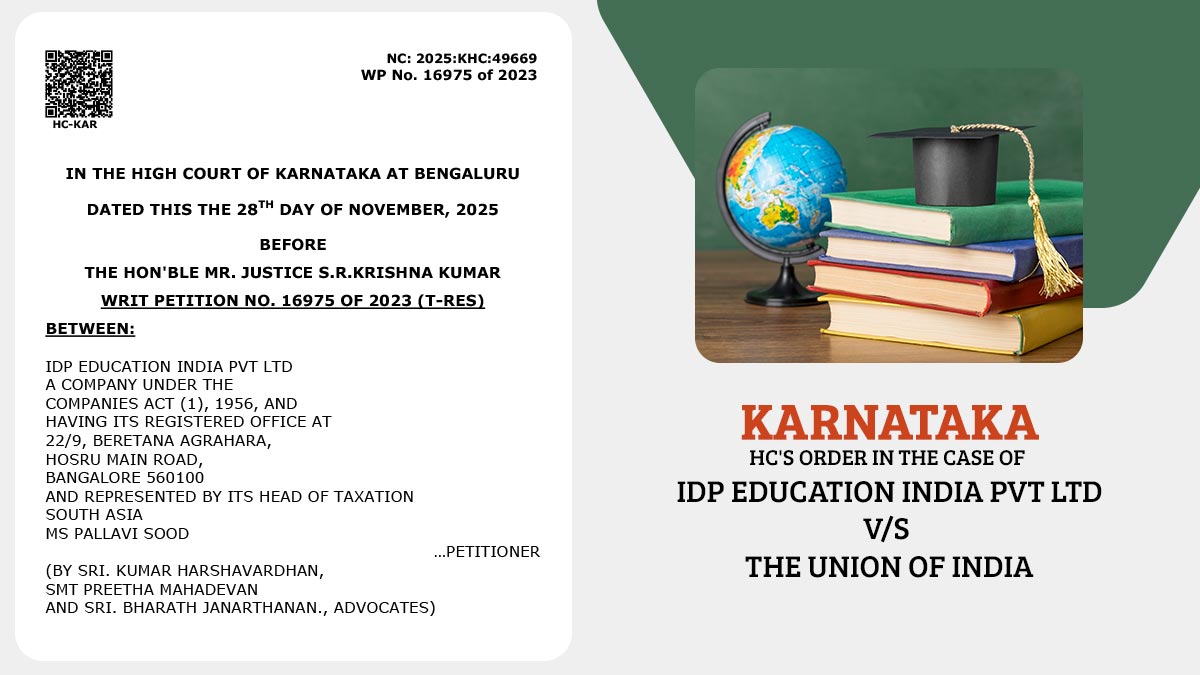
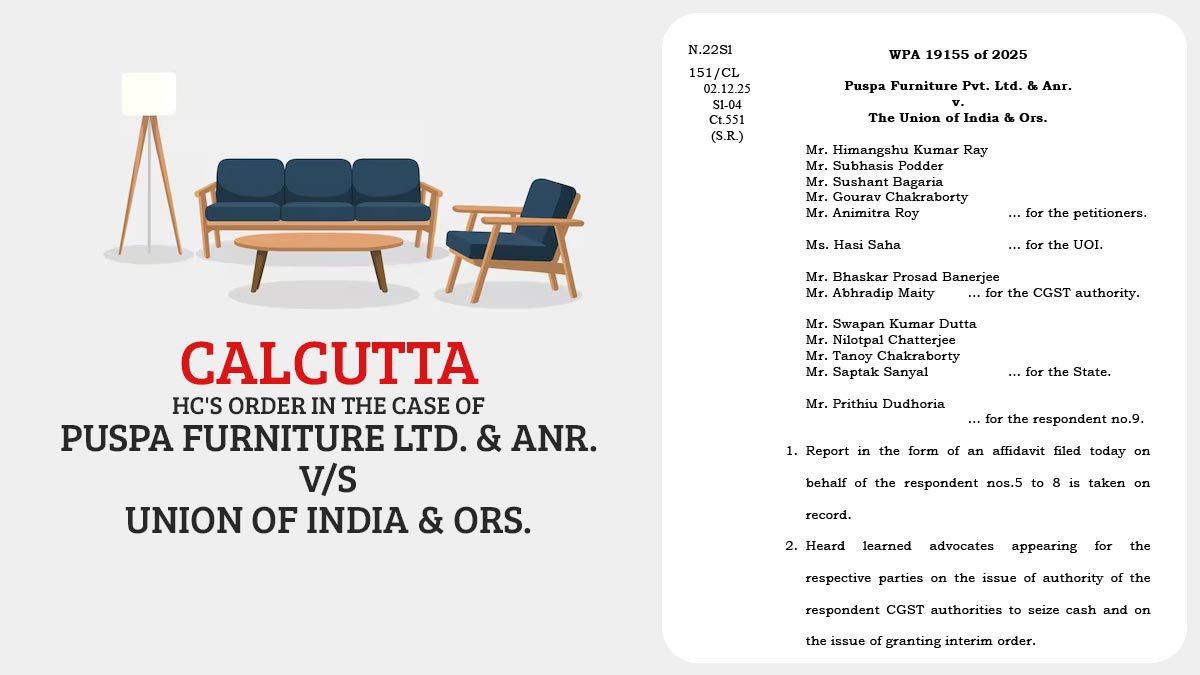
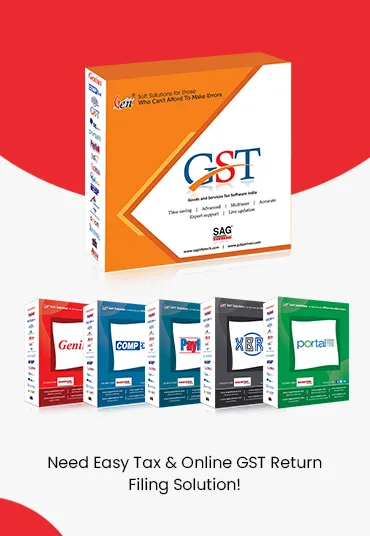
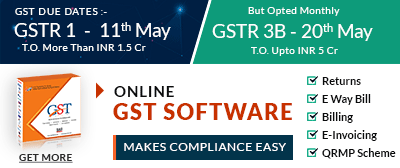
COMMODITY : TEXTILE GST 5% HSN CODE 998821 OR 520811 OR 551299
BILL DATE 15.12.21
SALE BASIC AMT RS 1,00,000=00
ADD GST 5% RS 5,000=00
BILL AMT RS 1,05,000=00
NOW BUYER RETURN GOODS : BASIC RS 10000=00 ON 05.01.2022
W.E.F TEXTILE GST IS 12%
PLS CONFIRM BUYER ISSUE DEBIT NOTE WITH GST 12%
BUYER should ISSUE DEBIT NOTE WITH GST 5% not with 12%, for more detail please consult GST practitioner
Hi
I have bought clothes after gst from a retail store and my bill as below
Product prices 1400
Cgst- 12% – 168
Sgst-12% – 168
Total- 1736
Is this the correct way of taxation.
The correct way of tax as below:
Product Prices (GST Slab rate 12%) – INR 1400
Cgst- 6% – INR 84
Sgst- 6% – INR 84
Total – INR 1568
Use GST Calculator: http://blog.saginfotech.com/how-gst-calculator-works-india
Not At all. The tax will be
CGST-6%
SGST-6%
Your view on the current updates on rates
please let me know the what is the GST % of cotton / Dying yarn /Nylon yarn/ Polyester yarn. & what is the procedure of tax credit
The slab rates for textile industry yet to be decided.
Kindly suggest that steps to be taken in yarn, fabrics and garments manufacturing units for implementation of GST,
Lots of changes should be follow by the manufacturing industries for the implementation of GST
– Update your accounting or ERP software
– Go through the new rate
– Changes in invoices formats
– Knowledge share with employees or workers
– Changes in taxation polices.
kindly provide us the impact of GST in Ready made garments industry regarding cenvat credit and all